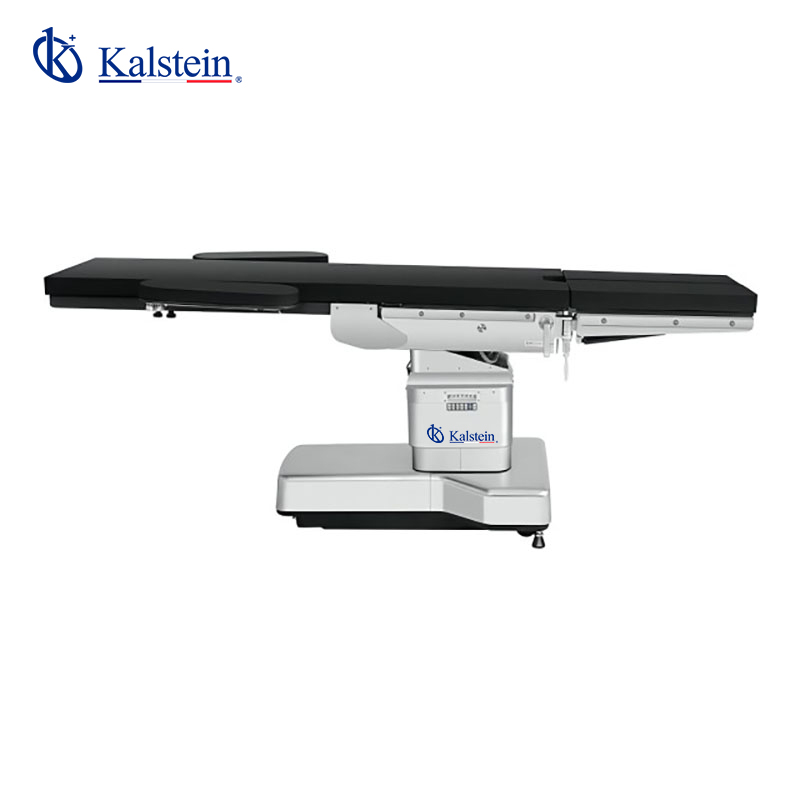Operating tables are a crucial piece in the field of medicine which has significantly evolved over time. This article offers a deep dive into their essential features, benefits, and how these sophisticated tables solve specific problems for users, while optimizing their efficiency and precision.
Medical innovation plays a central role in their evolution, and in this analysis, we’ll detail out every aspect of its relevance in the surgical field.
Are you yearning for top-tier medical equipment, ready to enhance the efficiency of your laboratory? Visit https://kalstein.co.in/category-product/medical-line/operation-table/ to explore our high-end catalog, packed with the best finds at the most competitive prices. Excellence marks our brand, we innovate and manufacture high-precision equipment, both reliable and durable to meet your needs. Why wait? Make your quick and secure online purchase, take the leap towards the future of medical technology today. https://kalstein.co.in/
History and Evolution of Operating Tables
Since the days of primitive wooden surfaces used in early surgeries, operating tables have undergone an impressive transformation. Medical innovation has driven this development, with notable advancements including adjustable surfaces, antibacterial materials, and ergonomic design. You can’t underestimate the importance of a suitable operating table, as it enhances comfort for both the patient and the medical team, potentially leading to increased precision during surgical procedures.
The advent of anesthesia in the 19th century made the need for specialized surgical tables more apparent. This led to designing tables with adjustments and mechanisms that facilitate the surgeon’s access to different parts of the patient’s body. Today’s tables are the result of years of research and development, meeting strict safety and efficiency standards.
Benefits of Modern Operating Tables
Modern operating tables offer a series of benefits significantly impacting the quality of medical care. One of the most notable benefits is reducing the surgical time. Adjustable and multifunctional tables enable the surgical team to move the patient into different positions without needing long interruptions, thereby optimizing the procedure time and reducing the risk of complications.
Another critical benefit is the improvement in ergonomics for both patient and medical team. Modern operating tables are designed to be fully adjustable, meaning they can adapt to the surgeon’s height and posture and their assistants – minimizing physical effort and fatigue. This not only improves surgery quality but also patient safety.
Unique Features of Operating Tables
One of the most impressive facts about modern operating tables is their adjustability. These tables come equipped with sophisticated mechanisms that allow height, tilt, and rotation adjustments, providing the surgeon with optimal access to any body area. This feature is especially useful in complex procedures where every millimeter counts.
Moreover, operating tables feature highly durable and antibacterial materials. This is crucial for maintaining a sterile environment during surgery and reducing the risk of infections. The surfaces are designed to be easy to clean and disinfect, ensuring a high level of hygiene is maintained at all times.
How They Solve Specific Problems
Operating tables solve a series of specific problems faced by medical professionals. For example, in patients with reduced mobility or in complex procedures requiring extensive access to different body zones, adjustable tables offer unparalleled flexibility, eliminating the need to manually reposition the patient – a process that isn’t just time-consuming but can also be risky.
Another critical problem these tables solve is surgeon and medical staff fatigue. During long procedures, posture, and working height are vital for maintaining focus and precision. An adjustable operating table ensures that the medical team can maintain an ergonomically favorable position throughout the procedure, minimizing the risk of surgical errors caused by fatigue.
Technological Innovations in Operating Tables
Technology has played a key role in the evolution of operating tables. Recent innovations include remote-controlled robotic tables that allow precise adjustments without manual contact. This development is a major advancement as it reduces contamination risk and allows greater precision during surgery.
Another key innovation is operating tables with image integration. These tables can be equipped with devices like X-rays, MRIs, and CT scanners, allowing the medical team to access real-time images during the procedure. This capability is particularly beneficial in complex surgeries like neurosurgeries and orthopedics, where precision is paramount.
The Future of Operating Tables
Looking ahead, it’s evident that medical innovation will continue to drive significant improvements in operating tables. Current trends suggest a move towards more automation and robotics, with the possibility that future operating tables will be even more advanced and accurate. The integration of artificial intelligence to assist in surgical decisions and procedure optimization is another exciting area of development.
Additionally, the operating tables of the future are expected to be more sustainable and eco-friendly. The use of recyclable materials and energy-saving technologies are aspects medical companies are actively exploring. Not only would this reduce the environmental impact, but it could potentially lower long-term operational costs too.
In conclusion, operating tables are a tangible manifestation of medical innovation that continues to evolve to improve efficiency, safety, and precision in surgical settings. Their benefits and unique features make them an indispensable tool in hospitals and clinics worldwide.


